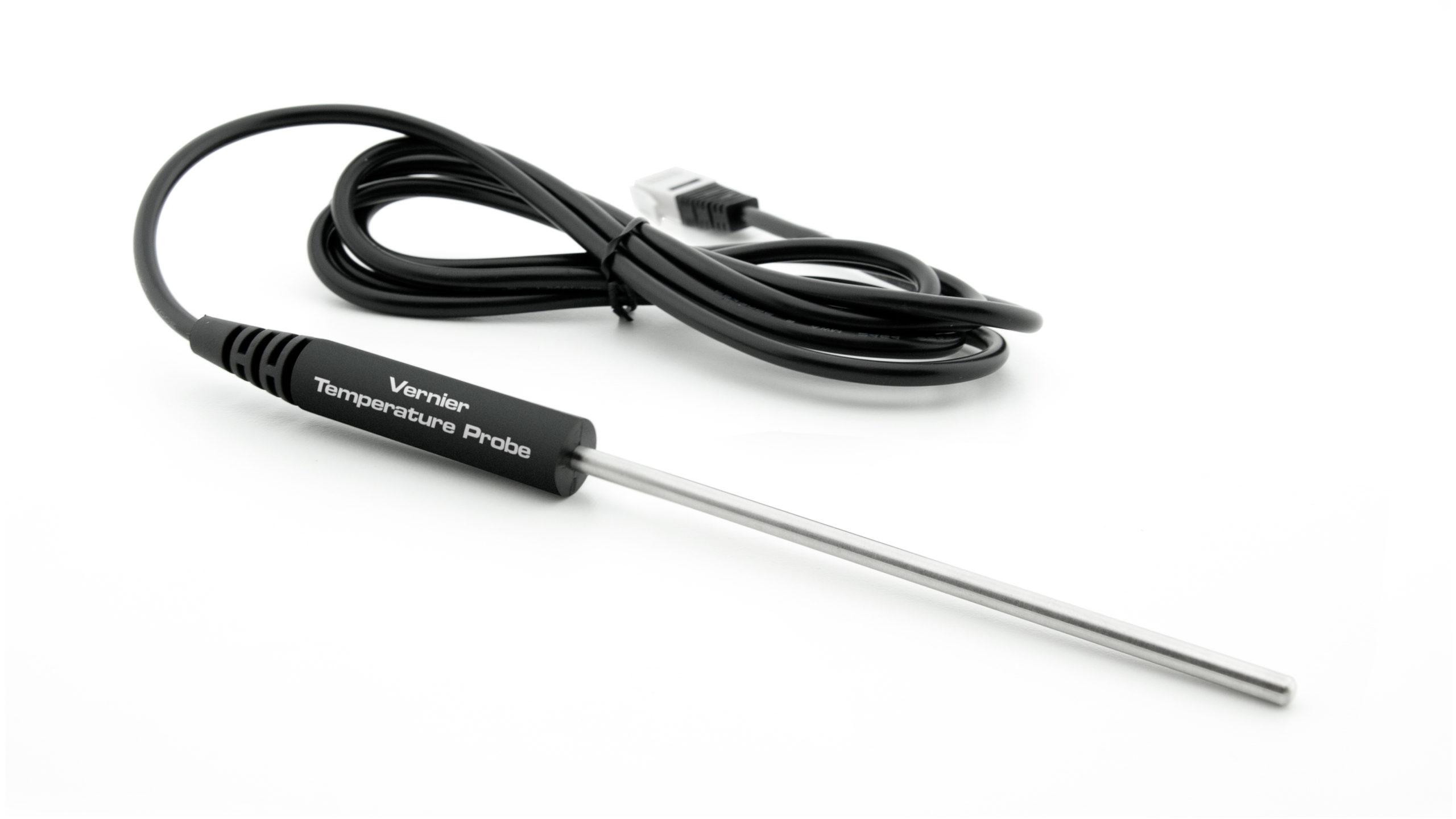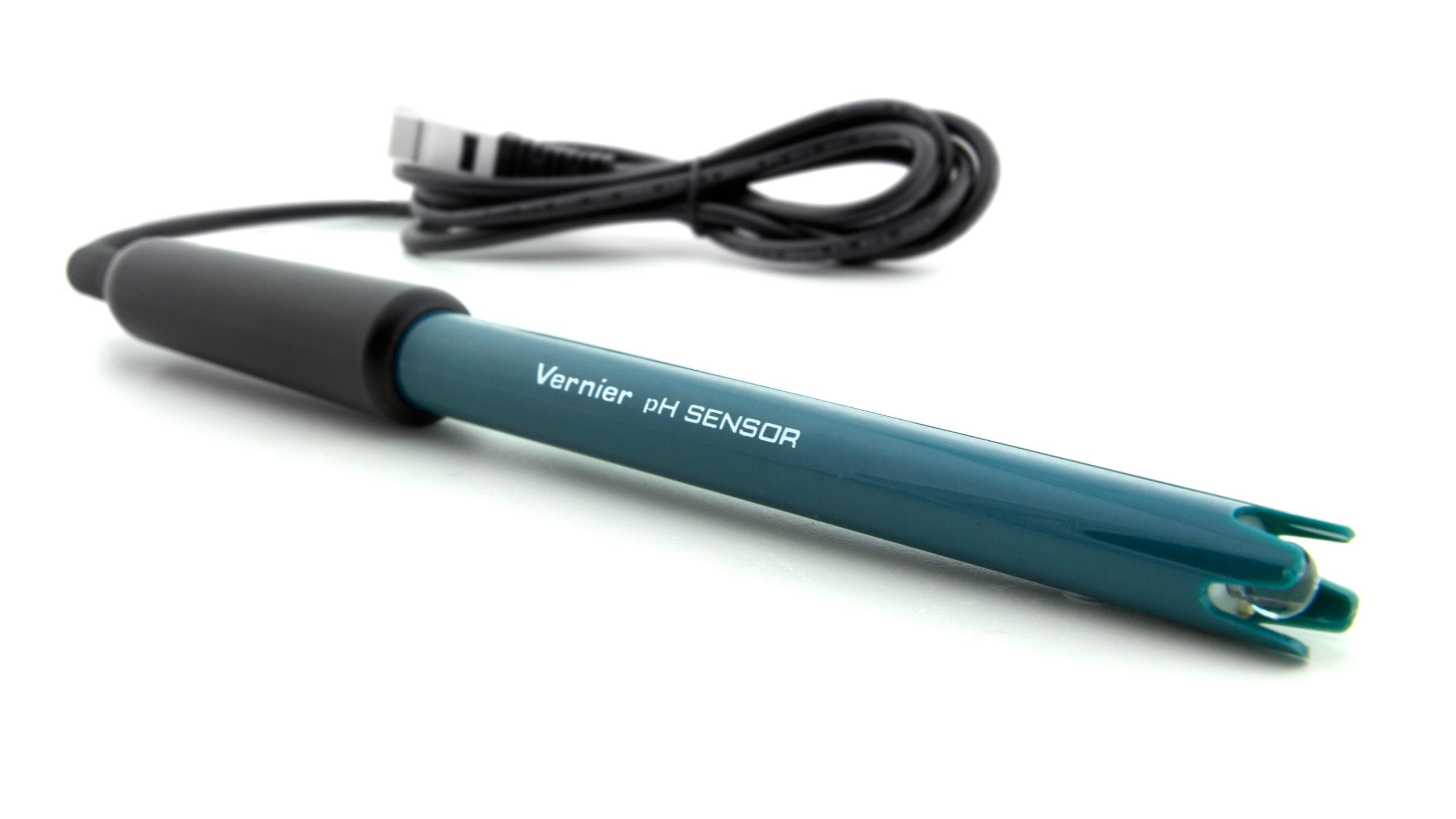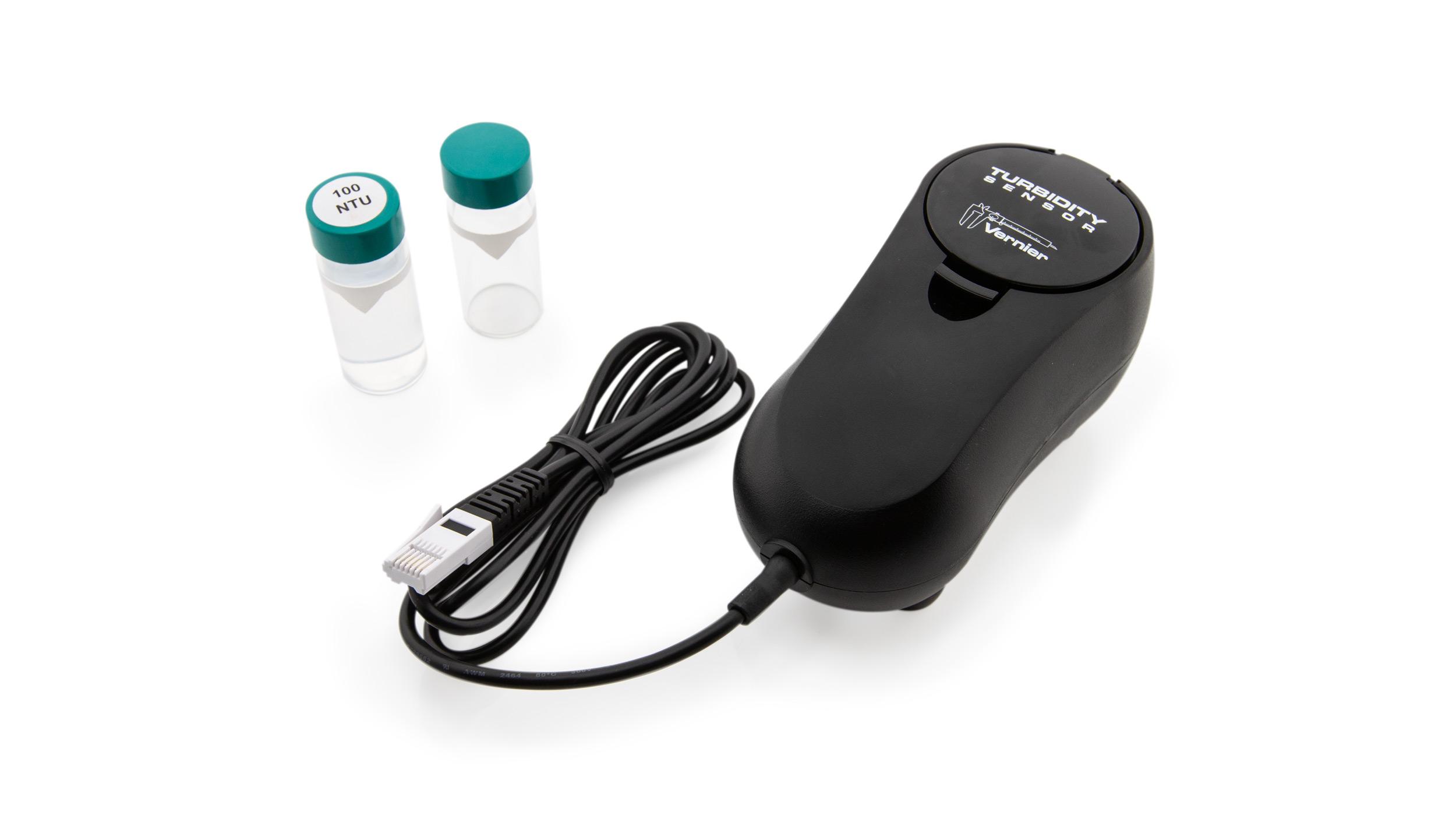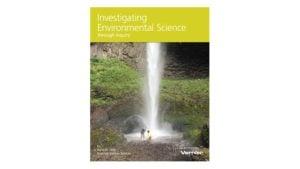Water Quality
Experiment #4 from Investigating Environmental Science through Inquiry
- Subject
- Environmental Science
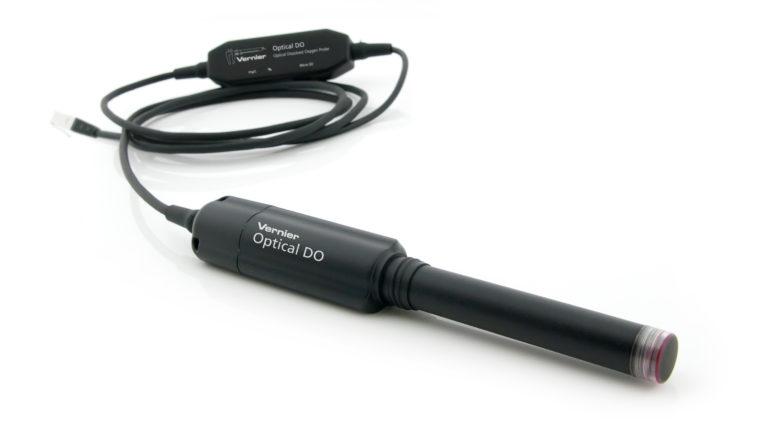
Introduction
In the early 1970s, the National Sanitation Foundation, in cooperation with over 100 water quality experts, devised a standard index for measuring water quality. This index, known as the Water Quality Index, or WQI, consists of nine tests to determine water quality. These nine tests are: temperature, pH, turbidity, total solids, dissolved oxygen, biochemical oxygen demand, phosphates, nitrate, and fecal coliform. A table (or graph) for each of the nine tests indicates the water quality value (or Q-value) corresponding to the data obtained. Once the Q-value for a test has been determined, it is multiplied by a weighting factor. Each of the tests is weighted based on its relative importance to overall water quality. The resulting values for all nine tests are totaled and used to gauge the health of the water source (excellent, good, medium or average, fair, or poor).
In this experiment, you will be performing five core WQI tests: temperature change, dissolved oxygen, pH, total dissolved solids, and turbidity. A modified version of NSF WQI Worksheet for these five tests will allow you to determine the general quality of the water source being sampled.
Objectives
In the Preliminary Activity, you will gain experience using a Dissolved Oxygen Probe while Determining the concentration of dissolved oxygen (DO) in a water sample provided by your teacher and then using that DO to determine the percent saturation of DO. You will also gain experience using a Temperature Probe, a Conductivity Probe, a Turbidity Sensor, and a pH Sensor.
After completing the Preliminary Activity, you will first use reference sources to find out more about water quality issues before you choose and investigate a researchable question dealing with water quality.
Sensors and Equipment
This experiment features the following sensors and equipment. Additional equipment may be required.
Ready to Experiment?
Ask an Expert
Get answers to your questions about how to teach this experiment with our support team.
- Call toll-free: 888-837-6437
- Chat with Us
- Email support@vernier.com
Purchase the Lab Book
This experiment is #4 of Investigating Environmental Science through Inquiry. The experiment in the book includes student instructions as well as instructor information for set up, helpful hints, and sample graphs and data.

